- Close
OPEN SOURCE – URBAN INTERVENTION – SEATTLE, WA
- Categories
- Arts/Cultural
- Educational
- Client
- Next Fifty - Seattle Center
- Project URL
- http://www.thenextfifty.org/urbanintervention/

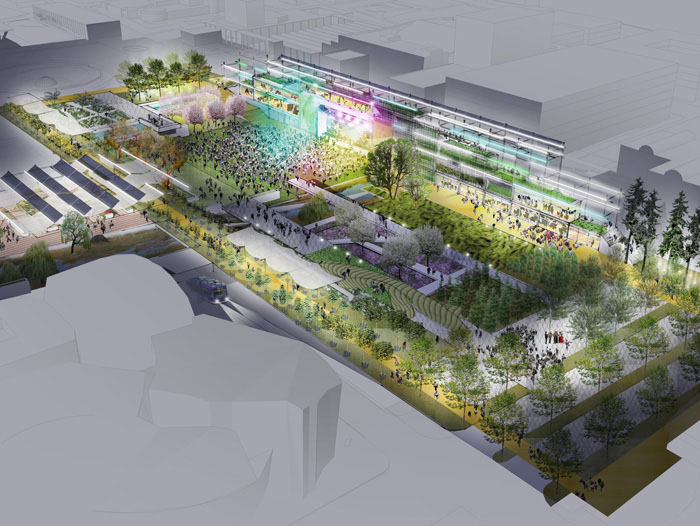
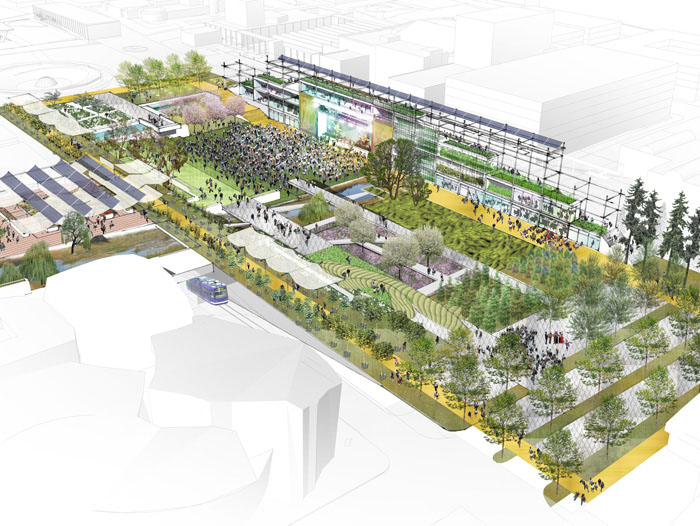
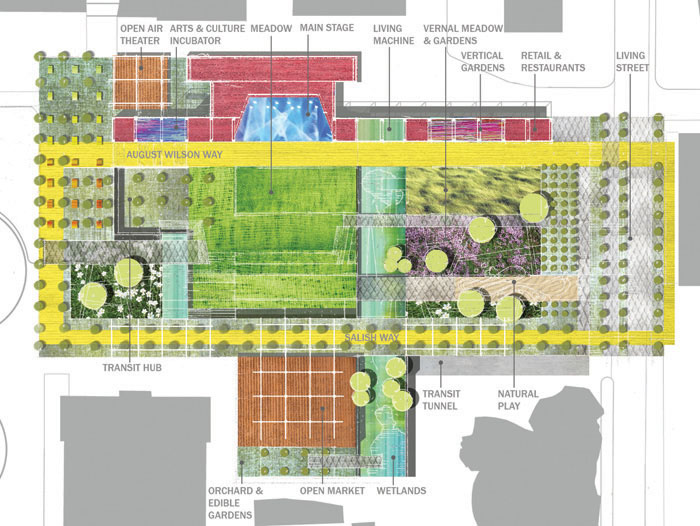
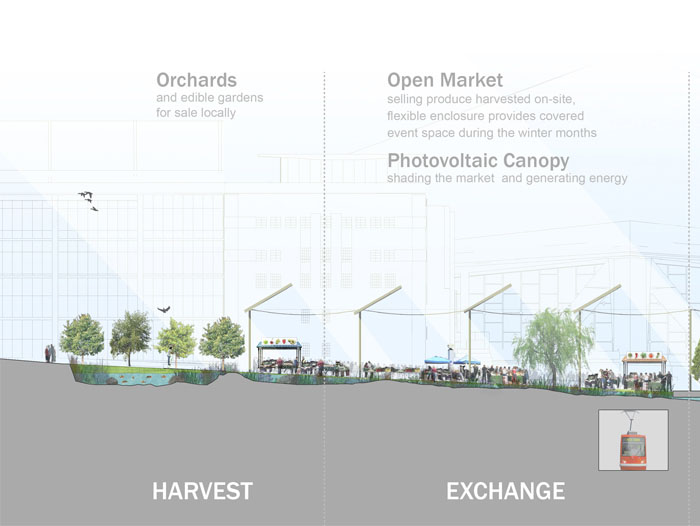
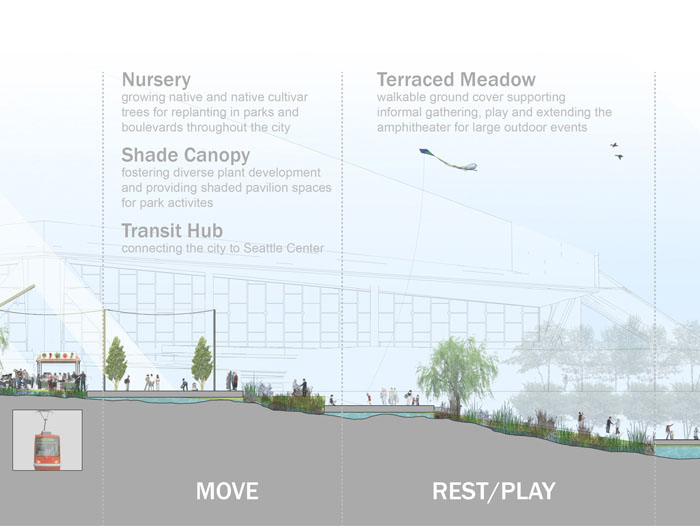
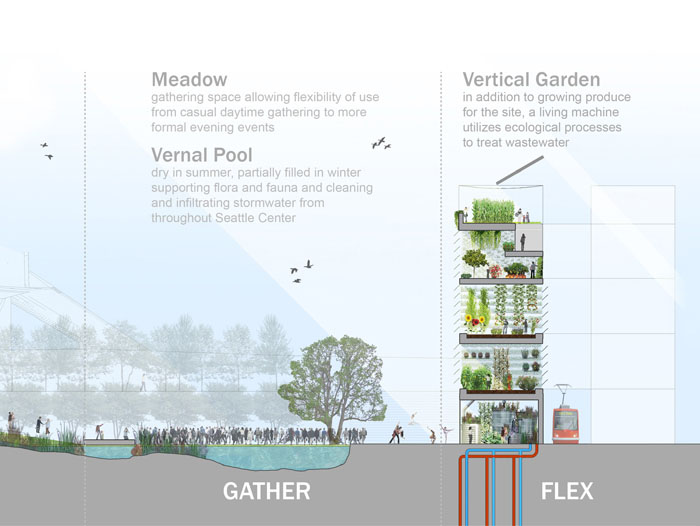
OPEN SOURCE – URBAN INTERVENTION – SEATTLE, WA
With Michelle Arab Studio and O’Brien Company
As part of the Next 50 celebration of the 1962 Seattle World’s Fair and Its Legacy, this design ideas competition invites designers to conceive a fresh vision of environmental, social and economic opportunities on and beyond a 9-acre site at the heart of Seattle Center.
We envision an open network of spaces and built-form that fosters discovery, inspiration and dialogue, without limits on use and encouraging collaboration and change.
CULTIVATE
We propose a cultivated landscape that celebrates natural ecology and sustainable practices. Native planting, vernal wetlands, wildflower gardens, orchards and nurseries create a layered sequence of biotypes which evolve through the seasons and over time – both ecologically and programmatically.
ACTIVATE
The primary site gathering spaces create interactive venues for communal action, celebration and invention, while the gardens and nurseries offer spaces for intimate engagement and discovery. The open-frame building, inspired by Salish long-houses, is a more intensive venue for community engagement and dialogue: flexible studios, rehearsal and artist-residency spaces form a cultural incubator, while vertical gardens and a living machine create an evolving ecological laboratory. Moving up and over the green-roof promenade, visitors actively reconnect with the surrounding campus and city beyond.
CONVERGE
The Transit Center creates a convergence point and strengthens connections with the campus and the region. August Wilson Way becomes the campus’s primary arts & culture artery, fostering community outreach and engagement. Salish Way creates a dynamic campus entry focused on sustainable agriculture and exchange.
SUSTAIN
Our Living Site creates three intertwined natural cycles: Water, Energy, and Nutrients. Wetlands with vernal pools and water retention capture all rainwater from the site and adjoining upstream sites for reuse or infiltration back into the natural system. Solar and geo-exchange systems supply all necessary site energy. The cultivated landscape, vertical gardens, and living machine provide nutrient regeneration and sustainable systems demonstration.
-
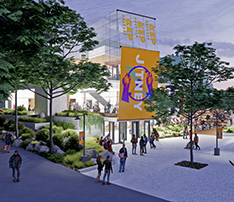 View Details
View Details
SEATTLE REP – LEO K THEATRE UPGRADES

-
 View Details
View Details
SEATTLE CHILDREN’S THEATRE DILLARD-COONS PROJECT

-
 View Details
View Details
SEATTLE CHILDREN’S THEATRE UPGRADES

-
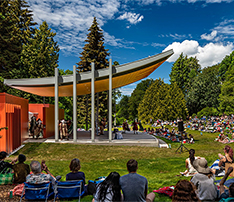 View Details
View Details
VOLUNTEER PARK AMPHITHEATER

-
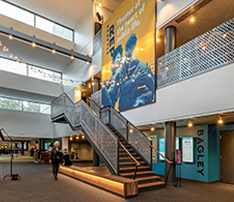 View Details
View Details
SEATTLE REPERTORY THEATRE LOBBY UPGRADES

-
 View Details
View Details
WHIM W’HIM CONTEMPORARY DANCE CENTER

-
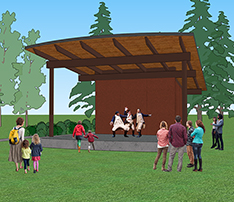 View Details
View Details
PORT ANGELES FINE ARTS CENTER AMPHITHEATER

-
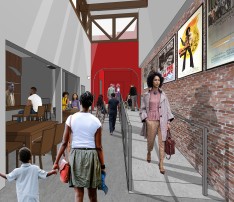 View Details
View Details
COLUMBIA CITY THEATER

-
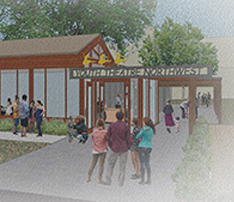 View Details
View Details
YOUTH THEATRE NORTHWEST

-
 View Details
View Details
CLASSICAL KING FM 98.1

-
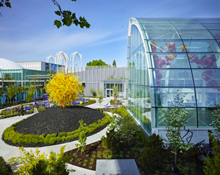 View Details
View Details
CHIHULY | GARDEN AND GLASS

-
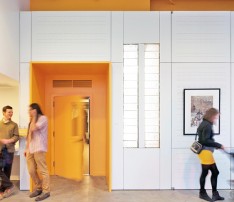 View Details
View Details
JACK STRAW CULTURAL CENTER

-
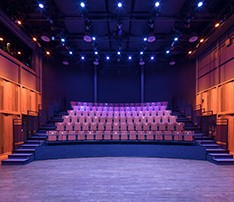 View Details
View Details
THE SEATTLE REPERTORY – PONCHO FORUM

-
 View Details
View Details
YOUNGSTOWN CULTURAL ARTS CENTER THEATER

-
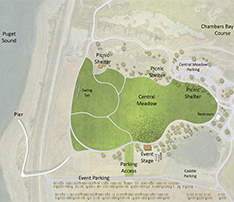 View Details
View Details
CHAMBERS CREEK REGIONAL PARK STAGE STUDY

-
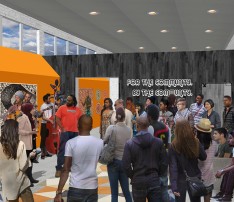 View Details
View Details
RAINIER AVENUE RADIO

-
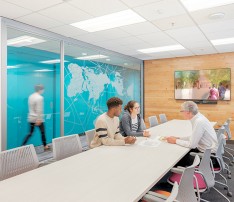 View Details
View Details
OFFICE OF IMMIGRANT AND REFUGEE AFFAIRS (OIRA)

-
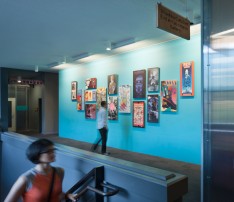 View Details
View Details
SIFF FILM CENTER

-
 View Details
View Details
GLOBAL CELLULOSE FIBERS INNOVATION CENTER

-
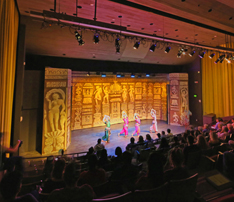 View Details
View Details
EVERGREEN STATE COLLEGE RECITAL HALL

-
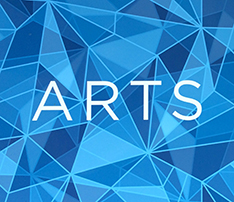 View Details
View Details
RAINIER ARTS CENTER

-
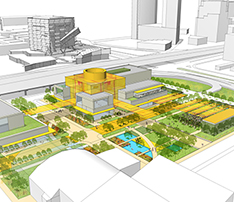 View Details
View Details
SHRAMAN MUSEUM AND LEARNING CENTER

-
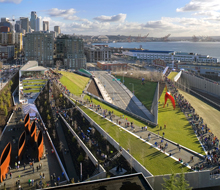 View Details
View Details
OLYMPIC SCULPTURE PARK

-
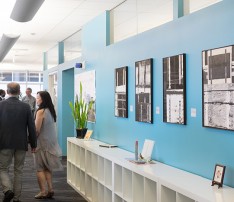 View Details
View Details
SEATTLE OFFICE OF PLANNING AND COMMUNITY DEVELOPMENT

-
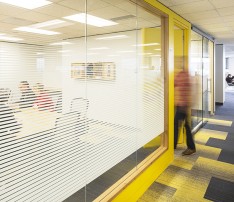 View Details
View Details
SEATTLE DEPARTMENT OF CONSTRUCTION AND INSPECTIONS (SDCI)

-
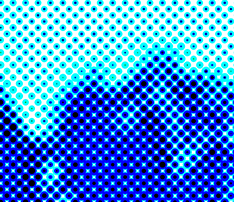 View Details
View Details
SEA-TAC INTERNATIONAL AIRPORT SOUTH SATELLITE RENOVATION

-
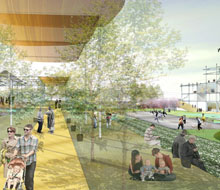 View Details
View Details
OPEN SOURCE – URBAN INTERVENTION – SEATTLE, WA

-
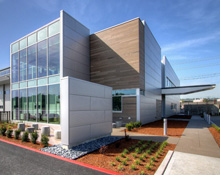 View Details
View Details
CHARLES AIR HANGAR – TUKWILA, WA

-
 View Details
View Details
FLYING HERITAGE COLLECTION, EVERETT, WA

-
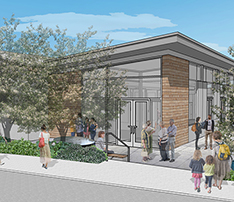 View Details
View Details
CENTER FOR SPIRITUAL LIVING – SEATTLE, WA

-
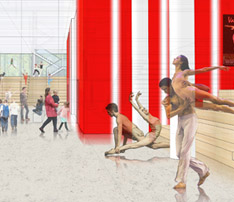 View Details
View Details
PACIFIC NORTHWEST BALLET EXPANSION STUDY – SEATTLE, WA

-
 View Details
View Details
HISTORIC AVIATION CAMPUS – EVERETT, WA

-
 View Details
View Details
OREGON POP CULTURE MUSEUM

-
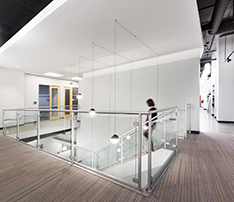 View Details
View Details
F5 NETWORKS OFFICE REFRESH

-
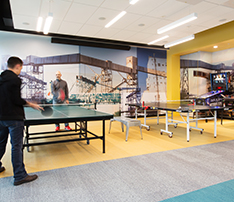 View Details
View Details
F5 NETWORKS GAME ROOM

-
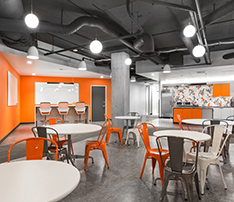 View Details
View Details
F5 NETWORKS COLLABORATION SPACES

-
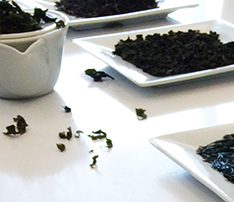 View Details
View Details
SEATTLE CORPORATE TEA COMPANY – OFFICE HEADQUARTERS

-
 View Details
View Details
SEATTLE CORPORATE COFFEE COMPANY – OFFICE REFRESH

-
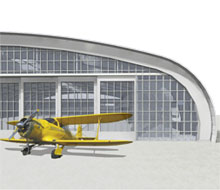 View Details
View Details
HISTORIC FLIGHT – EVERETT, WA

-
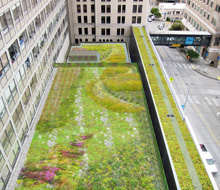 View Details
View Details
VMMC GREEN ROOF STUDY – SEATTLE, WA

-
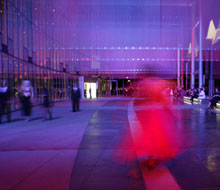 View Details
View Details
MCCAW HALL – SEATTLE, WA

-
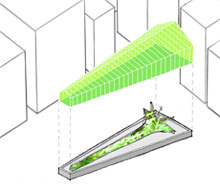 View Details
View Details
MARK DION VIVARIUM – SEATTLE, WA

-
 View Details
View Details
LOUISE BOURGEOIS FOUNTAIN – SEATTLE, WA

-
 View Details
View Details
99K HOUSE – HOUSTON, TX : FIRST PLACE COMPETITION ENTRY

-
 View Details
View Details
KILO 6 AT PAINE FIELD – EVERETT, WA

-
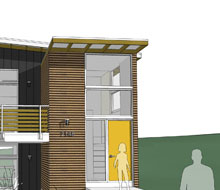 View Details
View Details
LANGLEY COMMONS LIVE WORK RESIDENCES – WHIDBEY ISLAND, WA

-
 View Details
View Details
HABITAT FOR HUMANITY – MEAGAN’S MEADOW – EVERETT, WA

-
 View Details
View Details
WENATCHEE PERFORMING ARTS CENTER – WENATCHEE, WA

-
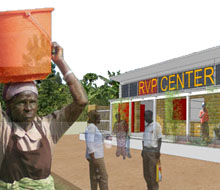 View Details
View Details
RABUOR VILLAGE PROJECT – COMMUNITY RESOURCE CENTER- CHULAIMBO, KENYA

-
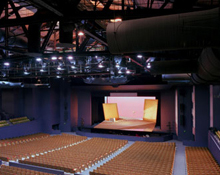 View Details
View Details
MERCER ARTS ARENA – SEATTLE, WA

-
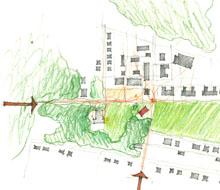 View Details
View Details
WHEELER THEATER – FORT WORDEN, WA

-
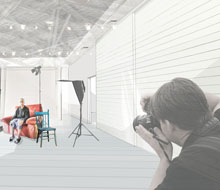 View Details
View Details
PHOTO CENTER NORTHWEST- SEATTLE, WA

-
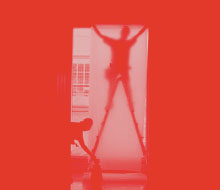 View Details
View Details
Complete Projects List

